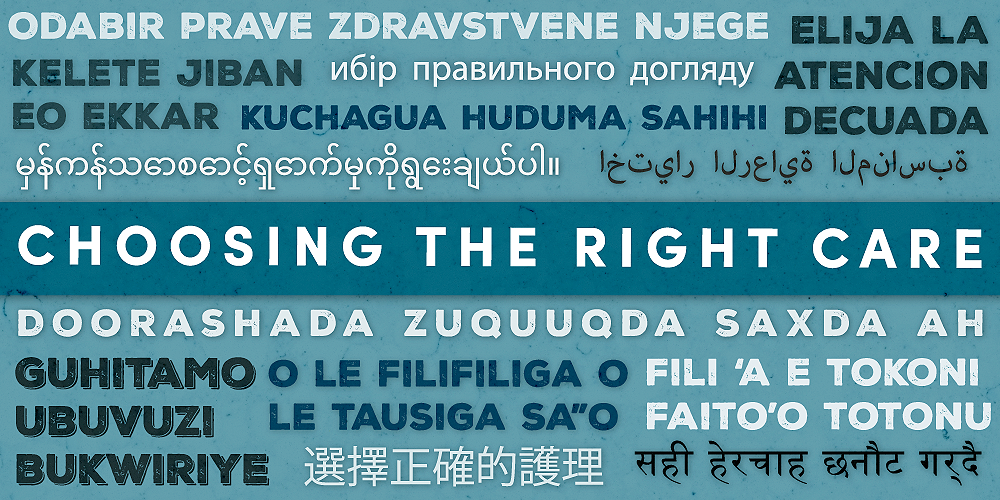ocal community-based organizations and not-for-profits fill in gaps in societal services that community members have difficulty accessing. Services can range from case management, health insurance enrollment, to legal assistance, mental health support, and more. As we continue to have conversations with the community and get direct feedback on their needs, we often hear that the need for health information and resources in languages besides English remains high.
Community members have a deep desire for foundational health education and community service providers want to help promote it among their other services. Especially as it directly ties to structural and social determinants of health.
As a healthcare organization, we have a great opportunity to help both the community and our direct care teams with supplemental health education in languages other than English.
Following suit of the ‘What is Health Insurance’ video series from University of Utah Health Plan’s Community Outreach team, we worked directly with community leaders, members, and University Health partners to create a new health literacy video series, “Choosing the Right Care.” These videos demonstrate the differences between the Emergency Department (ED), Urgent Care (UC), and Primary Care in 17 languages, including English. The content is structured from our “Know Where to Go Guide,” which is now also translated into multiple languages. These videos provide an additional layer of inclusivity as they’re accessible to community members who may be preliterate.
Please share these resources with your patients. They are a great tool to guide an educational conversation with patients in the exam room. They can be especially helpful if a patient would be best seeking a different level of care or has questions.
We strive to meet community and patient needs, no matter the language or level of familiarity with our complex healthcare system. We are excited to continue working with the community and our internal partners to make health education accessible.
Arabic
Bosnian
Burmese
Chinese
Dari
English
Farsi
Karen
Kinyarwanda
Marshallese
Nepali
Samoan
Somali
Spanish
Swahili
Tongan
Ukrainian
RyLee Curtis
University of Utah Health Transgender Health Program’s Ariel Malan and family physician Erika Sullivan discuss the Mountain West Transforming Care Conference, an annual conference held to promote LGBTQIA+ health and provider competency of caring for these communities.
Native people often face many barriers, disparities and inequities when it comes to healthcare. Family Nurse Practitioners from the Urban Indian Center of Salt Lake (UICSL) Danielle Puri and Joshua Twitchell highlight the significance of cultural responsiveness in healthcare for Native patients and provide tips to practice.
Accurate, self-reported race and ethnicity data is necessary to create visibility of health disparities, provide inclusive care, and improve equity of health outcomes. Redwood Health Center’s Patient Relations Specialist Nichole Misner shares how to respectfully discuss this needed health information with patients.
